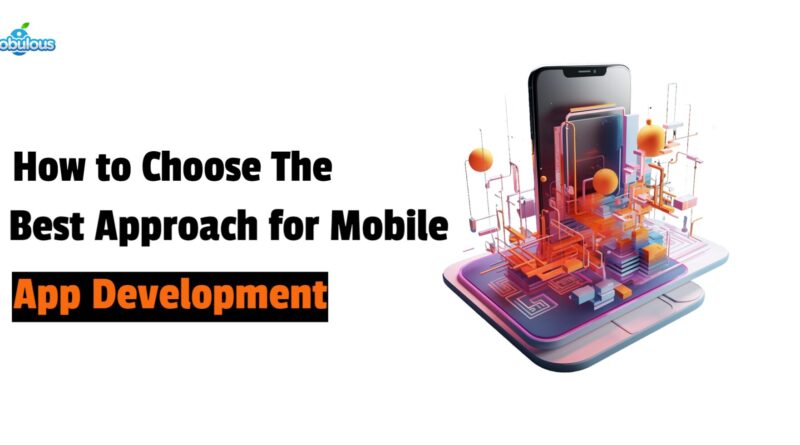How to Choose the Best Approach for Mobile App Development?
In his technologically driven era, mobile apps have become an integral part of each and every organization. In fact, the success rate of an organization is measured by the revenue generation ability of that particular organization through the usage of apps. Developing technically innovative and interactive apps not only ensures in winning a number of new customers but also ensure that the revenue trends of the organization witness an upward surge from time to time.
Using proper adaption and penetrative techniques, not only new customers can be allured, but also existing customers can be retained to a greater extent. Often companies are in a fix or face the dilemma of making the right choice because of the constant influx of new technologies being developed day to day. There are multiple channels which are emerging to reach the mobile apps every now and then, in the terms of technology, platforms and user experience.
While making a mobile application development strategy certain points must be kept in mind, for instance, should the app be targeted across all the app platforms, does the app need a uniform UX for the app across all the platforms, what is the EOL of the apps etc. Mobile app development is certainly a complicated field and multifarious options are available for the same.
The needs of applications differ from one organization to the other. The environment of development will depend mainly on the budget, the amount of content, the target audience, functionalities as well as the requirement of the organization. In order to choose the best platform for the mobile app development, it is important to analyse each of them and determine the pros and cons of them thoroughly.
Difference Between Native and Html5 Apps
Native apps are generally built for two systems which are iOS and android. Whenever we need to create an application for a single platform, we can choose the native app which quite expensive in terms of cost. Depending on the framework to be used, the cost of native apps may vary considerably. With the constant introduction and influx of new gadgets, this option might not be much cost effective.
Numerous numbers of people are resorting to the HTML5 for mobile app development because it ensures that the digital content and the features of the application can translate easily across the devices, different networks, and operating systems as well. Another big advantage of using HTML5 is that any content whether it is in Word, flash, PDF or any format can be converted into the HTML content base. Legacy browsers can be supported if the applications are built using this platform. Native apps are certainly a better choice because they perform and look better.
Hybrid Mobile Apps
The hybrid solution is perhaps another method of mobile app development. The app is wrapped up and enclosed in a native container after being built into HTML5. One of the biggest advantages of this “low coding” is that it has enabled the business organizations and units to create mobile apps despites having a limited access to developers and programmers. Some quality frameworks which can be used for creating better hybrid apps are mainly ionic framework and Phone gap.
Different business units have different needs of a mobile app. Therefore, companies must ensure that only that kind of solution should be worked out in which companies have the flexibility to employ good team of content technologists, programmers, and developers who are specialized, effective and efficient in their skills of formulating a mobile app platforms and techniques.

